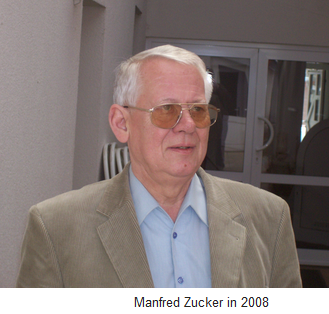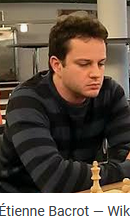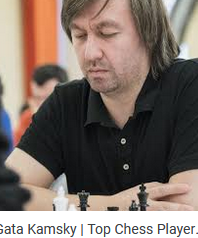Master's words


A rather strange back-to-school course, which should perhaps be called "exit course". However, one tradition was respected: the carelessness of public transport, strike on the RER "B", 23 minutes waiting time on the "C".
The situation obliges me to precipitate the events. So here is the collection of helpmates for Daniel that I intended to distil into 4 sessions. Is the first one, although it has only one solution, the most difficult? No, the second one is too. But after that, the number of moves increases, and it becomes easier! With the possible exception of the Italian 3 and especially the Lithuanian 4.5.
And a good handful of direct problems, enough to last a year... on their own. How long will you take for the 2#? And Brunner's 3#? And Visserman's 4#? And Rehm's 7#? If you are in a great hurry (and very lazy) at least do Speckmann's 5#.
This summer I had the pleasure of discovering (inventing would be inappropriate) one of the most exciting pawn endings of my life. Its complexity is far from having been mastered. But you can already enjoy a little piece of it. Play 1...a5 and try to understand why we don't win if the pawn is on f3, but we do win if it is on f2. Moreover, you will admit that it is unusual that from the same diagram we get
-- 3 different positions where the only White win is a2-a3!
-- 3 different positions where the only black draw is ...a6(a7)-a5!
A couple of attractive ZZs, unfortunately without a thematic attempt to change the move. On the 2nd move, a "where would you play your King?" of the best effect.

How a genius plays at 11 years old or the fire at the chessboard... in high school. Look closely at the diagram after the 21st white move: the move made (capture with the rook) is advised by the "monster", while it is inferior to the capture by the pawn.


At the restaurant table, curiously, a fairy problem of "Kobul Kings" led us to speak again about the bad Knight b2 (or g2, b7, g7) in front of a Rook as well as the good Knight c1 (or f1, c8, f8) of Kling & Horwitz. Hence the occasion to bring out this analysis of Kamsky-Bacrot.
A final lesson? Maybe, if God wills it, but under confirmation, in a fortnight, on Tuesday October 7th.
Have a good time all the same.
Comments
1 Alain On Friday, december 23, 2022
2 Alain On Wednesday, september 28, 2016